No Results Found
The page you requested could not be found. Try refining your search, or use the navigation above to locate the post.
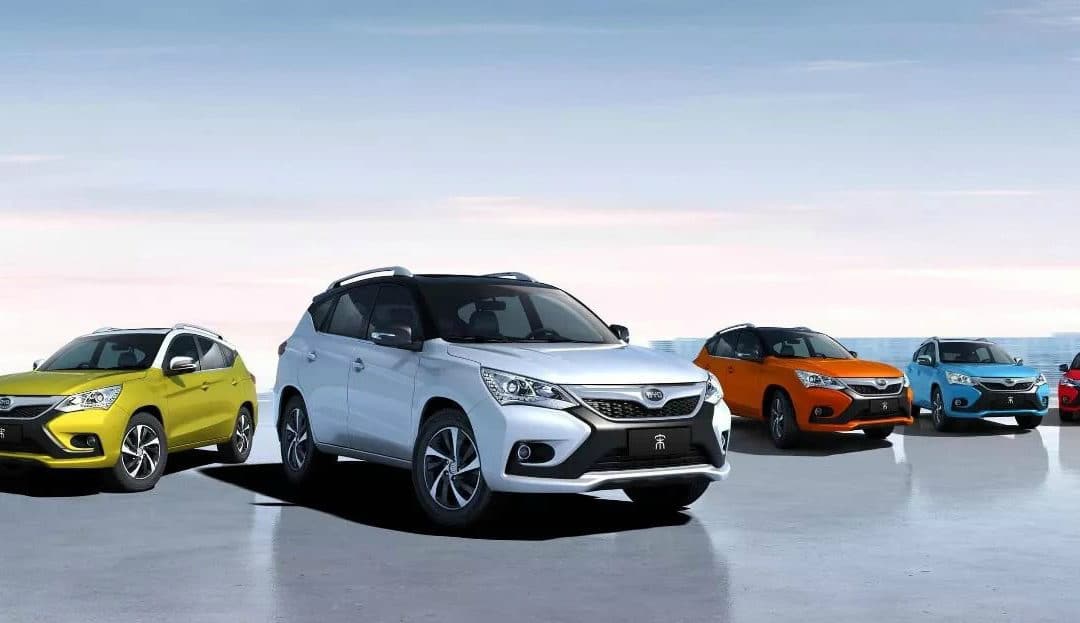
If you were out shopping for an electric sedan or SUV with a range of over 400km (250 miles) at the start of 2017, your options were slim and limited to either a Tesla Model S, Model X or BYD e6. The Tesla’s will set you back anything north of $75,000 and the BYD e6 costs around $47,000 if converted to the US currency.
The EV landscape has changed from 2017 for the average consumer, that is if you are living in China where some mass-market sedans and SUVs with a range of 250 miles (400km) are now available. The Chinese EV market is in stark contrast to the West where the only mass-market mid-level EV with an equivalent range is the Tesla Model 3, but if you did not place a pre-order 18 months ago, you have to settle for the Chevrolet Bolt hatch with a 238-mile range which is also in limited supply. In fairness, though it’s important to qualify that the range quoted for the Chinese models is not real world tested and that it can be expected to be closer to 200 miles (320km).
Strong government support and incentives targeted at improving technology are the reasons behind the deluge of long-range mass-market sedans and SUVs available to the Chinese consumer. New guidelines for electric vehicles to qualify for the aggressive subsidies offered by Chinese Government favors EVs with an energy density of 140 Wh/kg and more, while EVs with a range of less than 150km are excluded from the list of vehicles qualifying for subsidies. For an EV to qualify for any incentives it needs to employ a battery pack with an energy density of no less than 115 Wh/kg. Buyers normally get state, province, city and manufacturers incentives which can lead to reductions in the selling price of up to 50% in some cases. Let’s look at some of the long range EV models entering the Chinese market.
BYD, the leading EV manufacturer has dominated the Chinese EV space for some time now but focused predominantly on the plug-in hybrid section of the market. On the eve of the Chinese New Year, BYD launched three electric mid-sized cars with a range of 400km utilizing its 3rd generation EV technology with improved mileage, battery safety, and charging efficiency. The models are the BYD e5 EV450, BYD Qin EV450, and the BYD Song EV400 SUV. The first BYD e6 with a range of 400km was launched in 2015, but its 82kWh battery weighed 700kg compared to the 61kWh batteries of the new models weighing only 444kg with an energy density of 140.97Wh/kg.
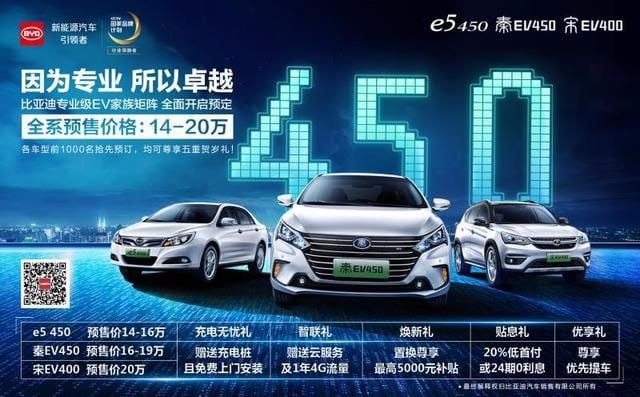
The cruising range (measured at a speed of 60km/h) for the BYD e5 450 and Qin EV 450 life is over 480 km (300 miles) while the Song EV 400 SUV travels 400 km (250miles) removing range anxiety for daily commuting and weekend travel. The BYD battery pack is equipped with a seven-fold protection system and charging efficiency is based on the latest battery intelligent temperature control management system with five-star safety standards. The maximum charging capacity is increased from 40kW to 60kW allowing for much faster re-charging. Also, BYD upgraded the technology in the vehicles to be more connected by adding a cloud service and 4G capability on the existing system which provide online navigation, audio and video, entertainment, and traffic updates. The BYD Song EV400 will set you back around $41,000 before subsidies and $30,000 with incentives. The BYD Qin EV450 is $38,000 and $24,000 before and after subsidies while the BYD e5 will only set you back $35,000 and $20,000 with subsidies. For detailed specs follow the link. BYD has sold more than 65,000 units of the previous generation of these three models, with the BYD e5 being the most popular with around 45,000 units sold. With the improved range and performance, it is expected that these three models will lead to a significant increase in BYD sales. BYD is also launching a new small crossover SUV based on the Yuan SUV and an updated BYD Tang plug-in hybrid large SUV.
Geely also launched a longer range version of its popular Geely Emgrand EV this month. The Geely Emgrand EV450 with a range more than 400km. The Geely Emgrand EV450 is equipped with a 58kWh battery with an energy density of 142.07Wh/kg produced by CATL. The Geely Emgrand sales are just short of that of the BYD e5 and based on some of the reviews I have read seen to be a better option than the BYD e5 despite being slightly more expensive.
It is sad to say that these more affordable EVs will not be available in the Western hemisphere.
More automakers used the Beijing Auto Show which started on the 25th of April 2018 to launch their 400km range EVs.
BAIC unveiled the EU5 (EU450) EV at the Beijing Auto Show. The BAIC EU5 now boast with the most energy dense battery of all the sedan EVs available in China. The energy density of the EU5 is an impressive 150Wh/kg allowing it to squeeze 416km(260miles) out of a 54kWh Ternary Lithium Battery. The use of a battery with an energy density above 140Wh/kg allows BAIC the maximum subsidy on the EU5 which is available at ¥129,900 after incentives for the base model which is around $20,000.
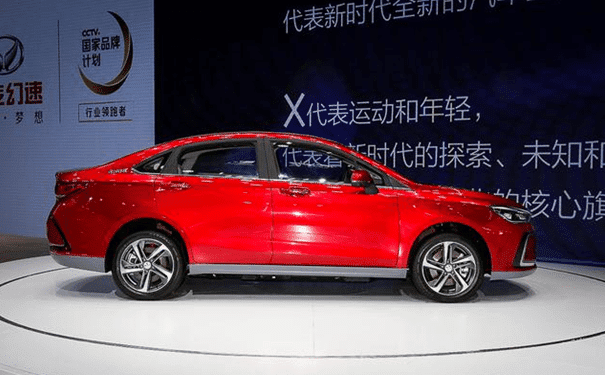
The Changan EADO is the Chinese automakers top-selling EV so not be left behind the pack Changan launched the Eado EV460 at the Beijing Auto Show. The new Changan Eado EV’s battery performance is close to that of the BAIC EU5, and it achieves an NEDC range of 405km from its 53kWh battery pack.
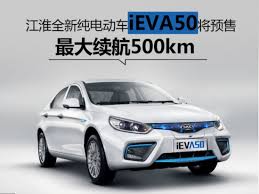 JAC claims in its ad a 500km range for the JAC iEV50, but like most Chinese automakers they use a working conditions range, meaning the distance the vehicle can travel at a constant speed of 60km/h (38mph). The NEDC range for the JAC iEV50 is 404km (252miles) which in the real world is around 350km. Nevertheless, since we use an NEDC comparison here, the JAC iEV50 makes the cut, although being on the heavy side with its 130Wh/kg 60kWh battery weighing the iEV50 in at nearly 2 ton.
JAC claims in its ad a 500km range for the JAC iEV50, but like most Chinese automakers they use a working conditions range, meaning the distance the vehicle can travel at a constant speed of 60km/h (38mph). The NEDC range for the JAC iEV50 is 404km (252miles) which in the real world is around 350km. Nevertheless, since we use an NEDC comparison here, the JAC iEV50 makes the cut, although being on the heavy side with its 130Wh/kg 60kWh battery weighing the iEV50 in at nearly 2 ton.
Weima open pre-sales for the Weima EX5 on the 20th of April 2018, five days before the Beijing Auto Show. During the official launch ceremony, Weima announced that it pre-sold 5,134 units in just five days. Weima surprised the market by introducing the Weima EX5 at a ridiculously low subsidy price of ¥99,000. The Weima EX5 is available in three trims with different ranges (at a constant speed of 60km/h):
Weima also brought the EX5 Pro version in two trims, the EX5Pro 300 and EX5Pro 400.
The final EV in our list of electric cars with a 400km plus range is the SAIC Roewe Marvel X introduced at this years Bejing Auto Show. The Marvel X build on the Roewe connected car line-up first introduced in the RX5 SUV and co-developed with Alibaba. The production version is 90% of the concept car. The Roewe MARVEL X is built with an exclusive electric vehicle architecture and is equipped with an i-Drive intelligent all-wheel-drive system. The Marvel X accelerates to 100km/h in less than 4 seconds and is the first mass-produced car equipped with AR (augmented reality) technology. Pre-sales will start in June with the first delivery expected in September 2018.
The page you requested could not be found. Try refining your search, or use the navigation above to locate the post.
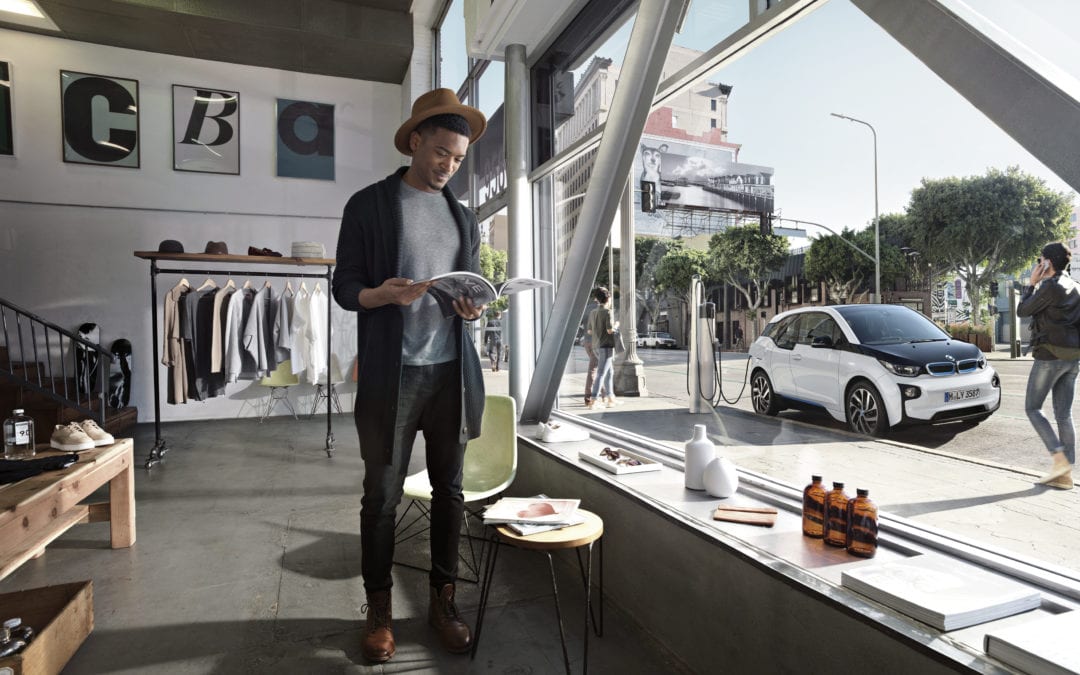
Range anxiety is probably the most common hurdle to overcome for all new Electric Vehicle (EV) owners or prospective owners. Terms like “bricking”, used when your EV is as useful as a brick when running out of energy on the highway springs to mind. Well, I can certainly attest to the fear associated with range anxiety. I am test-driving my first EV next week, an awesome BMW i3, sponsored by the friendly folks at Forsdicks BMW Tygervalley.
The fear is keeping me up at night and remains with me in my waking hours over the last couple of days. The only time I experienced range anxiety in a diesel vehicle was when we took a safari in Botswana. We trekked for 3 weeks with no fuel available in a 600mile radius, and the fuel that was available was not of the required quality, clogging my fuel filter on the way back to Cape Town. But situations like that are extreme for most vehicle owners and they have to cast their minds back to a time when they were students to recall what range anxiety felt like. Having to fuel with the couple of cents that was left after a night out.
Questions like how far the distance between my office and home is, or how would rush hour traffic influence the vehicle’s range, consume my mind. Suddenly I also remember that the power in my house was not of the right amperage for the coffee machine I bought. At the time I did not know what it meant because I failed woodwork with Julius Malema. Now it’s all coming back to me, and I fully understand what amperage is, and that I sold the coffee machine for a reason – not having an amperage of 20amps on the plug points.
When I Googled “car charging stations in cape town” I had to scroll down on the result page, past Cape Cod and some other “Town’s” to find out that there are some in South Africa, being built in Sandton, a cool 1400km (875 miles) from where I live. How I wish I were back in San Francisco, where you had a better chance of finding a charging station than a petrol station in the city. When I did the calculations the BMW i3 would be perfect for my situation, it has a 128km (80 miles) range, which is more than enough for the 36.4km ONE WAY I have to travel to and from town. Suddenly my fear is amplified, as I realize it is equal to nearly 80km a day. What happens if the car is not fully charged when I leave home in the morning? I am also acutely aware that it is winter, and a battery loses its charge quicker in the cold.
Getting back to reality, and my date with a cool BMW i3 tomorrow. I recently read that a study by the US Department of Transport found that 95% of all single-trip journeys is below 50km (30 miles) and 98% below 80km (50 miles), with only 1% above 112km (70 miles). So it is clear that the vehicle manufacturers all targets this sweet spot with Tesla setting the benchmark on the longer distances, with a 400km (250 miles) distance.
I can also take comfort in the fact that BMW, the largest vehicle manufacturer in the world and its clever engineers will not design a product that will leave its driver’s with a car that is as useful as “brick”.
All I need to do to make the next week a great experience is to have a mind shift, from how vehicles were used up to now to how vehicles would be used from now into the future.
Follow my experience as a new EV driver with the BMW i3 over the next couple of days on wattEV2buy.com and join the revolution.

Contributor
Wynand studied his MBA in San Francisco where he was exposed to the fields of Service Science, Gamification and Renewables, which he combined to create wattEV2buy and the award winning web app Ekoguru. Wynand is a energy storage expert and has modeled, designed and presented various solutions utilizing lithium-ion and other electrochemical technologies. In his spare time Wynand is the author of a children’s book series and started a new project called “Career 180”.